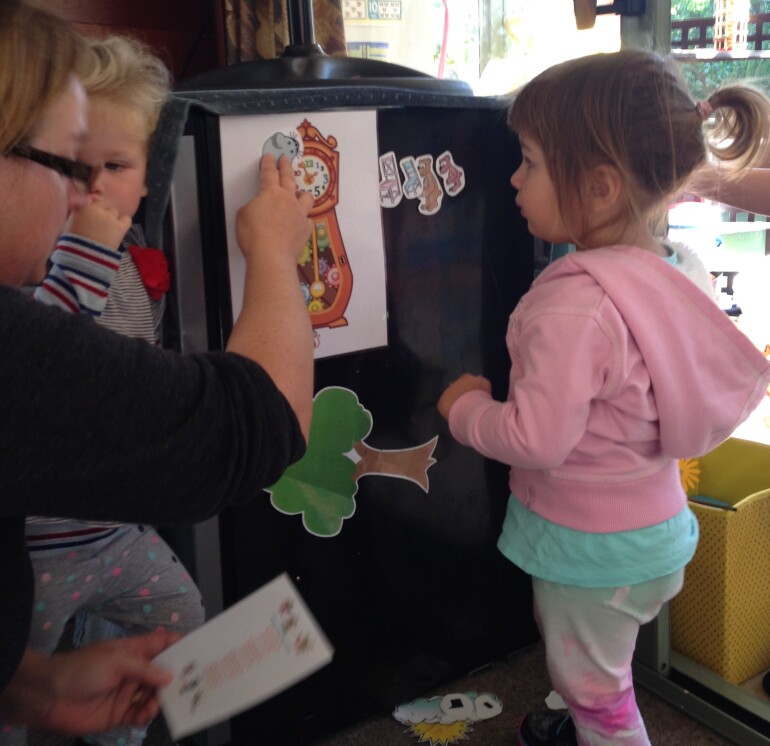News And Events

Rhyming
7 November 2022One of the six key phonological awareness skills is - “rhyme”. The ability to hear and generate rhyme is the strongest indicator of literacy success. When children can hear rhyme, it helps them appreciate that words that have the same sounds usually have the same letter sequences. Research of 3-4 year olds noted, “Regardless of intelligence or family circumstance, those who were the most familiar with nursery rhymes were also the top readers three years later.”
For children to develop a sense of rhyme, they need to hear rhyme again and again, whether it be in stories, nursery rhymes, poems, limericks or rhyming songs, chants and raps. Ensure children are constantly exposed to and invited to join in with the reciting and reading of traditional and modern nursery rhymes, poems, limericks and stories containing rhymes, eg Hairy Maclary series by Lynley Dodd.
Here's some other great ideas to encourage children to learn rhymes:
- Link actions with a rhyme or act out the rhyme - for example, Incy Wincy Spider.
- Recite a nursery rhyme using your voice in different ways – for example, whispering it, shouting it, growling it.
- Encourage children to identify or supply the rhyming words when you leave them out – for example, “Little Bo Peep has lost her _______?”.
- Deliberately say a word incorrectly in a rhyme for children to notice and correct – for example, “Humpty Dumpty sat on a wall, Humpty Dumpty had a great dinosaur”.
- At care times, such as nappy changing, tell nursery rhymes every day.
Information from the resource “Developing Phonological Awareness” written by Yolanda Soryl


